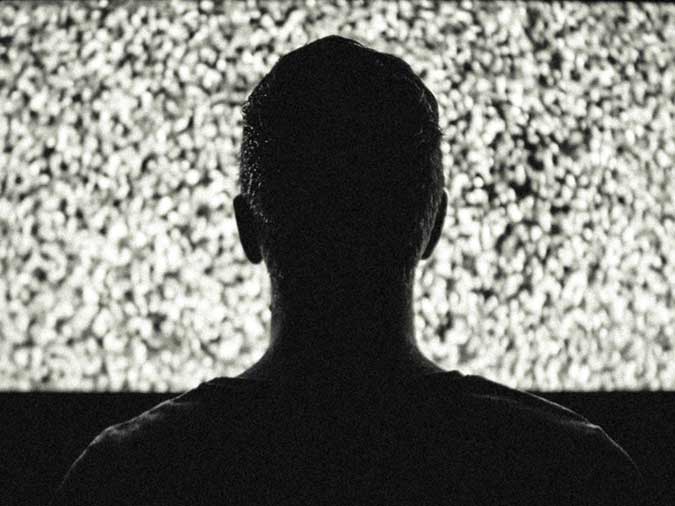The Impact of Cartoons on Children’s Minds
Children’s thinking is primarily impacted by the environment they grow up in. These include daily events, memorable experiences and peak feelings. Cartoons are one of the daily habits that children partake in; studies have shown that an average child with a television in the home watches approximately 18,000 hours of television from kindergarten to high school. How does this experience affect the minds of children? What types of content are delivered to children in cartoons? Are children capable of absorbing all the content in these shows?1
Sexual Innuendos in Cartoons
Attitudes toward sexuality start at a young age. Children observe the interaction between adults whether at home, school, or on the television and tend to mimic what they observe. Cartoons are often full of sexual innuendos and relationships that are not suitable for children. For instance, the 1990’s cartoon Johny Bravo a muscular and boorish young man who tries to get women to date him, though he is usually unsuccessful. Throughout its run, the show was controversial for its adult humor, pop culture references, and sly adult-oriented jokes. When Johny Bravo would see a woman, his mouth would drop, eyes would pop out, and he was unable to control himself. The women in these cartoons were often dressed provocatively. This instills in young viewers the idea that it is okay to behave like this when one sees an attractive woman. It also implies to young girls that in order to get the attention of boys, they must look and dress like the ladies in this cartoon. Johny Bravo is certainly not the exception. Very few children cartoons and movies are free from some kind of sexual innuendo or explicit sexual references.
The Impact of Media on Perception and Exposure to Sexual Content
The way media impacts the mind is not limited to children. Studies show that people who watch pornography have a negative perception of women and there is a correlation between this perception and sexual violence.3 With many young children having smartphones, many young children are exposed to pornography as early as 8 years old.4 This is often hidden and unknown to parents unless they discover it. Giving children unlimited access to the internet with no adult supervision is dangerous. If a child is exposed to sexual content, even by mistake, they often do not know how to process what is happening. We have an entire generation that is growing up with easy access to all kind of sexually explicit material. This is our new reality. Children being exposed to sexual content much earlier than they should be.
Redefining Media Portrayal
If our movies are full of scenes with explicit and implicit sexual content this will naturally impact our behavior. Music videos are full of women dressed provocatively, dancing, and showing different body parts. These women are surrounding music stars who young people admire and look up to. What does this instill in the minds of impressionable young children, teenagers, and adults? If as a society, we wish to prevent the mistreatment of women, we must move beyond focusing on the actions of a few famous people and look at the deeper causes at a societal level. We need to rethink the way men, women, and sexuality are portrayed in media.
[1] Khaled Habib & Tarek Soliman, “Cartoons’ Effect in Changing Children Mental Response and Behavior,” Open Journal of Social Sciences, 2015, 3, 248-264.
[2] Khaled Habib & Tarek Soliman, “Cartoons’ Effect in Changing Children Mental Response and Behavior,” Open Journal of Social Sciences, 2015, 3, 248-264.
[3] http://bigthink.com/age-of-engagement/effects-of-pornography-on-perceptions-of-women-sexual-violence
[4] http://bigthink.com/age-of-engagement/effects-of-pornography-on-perceptions-of-women-sexual-violence
Got Questions?
We have Answers. Get in touch now.








